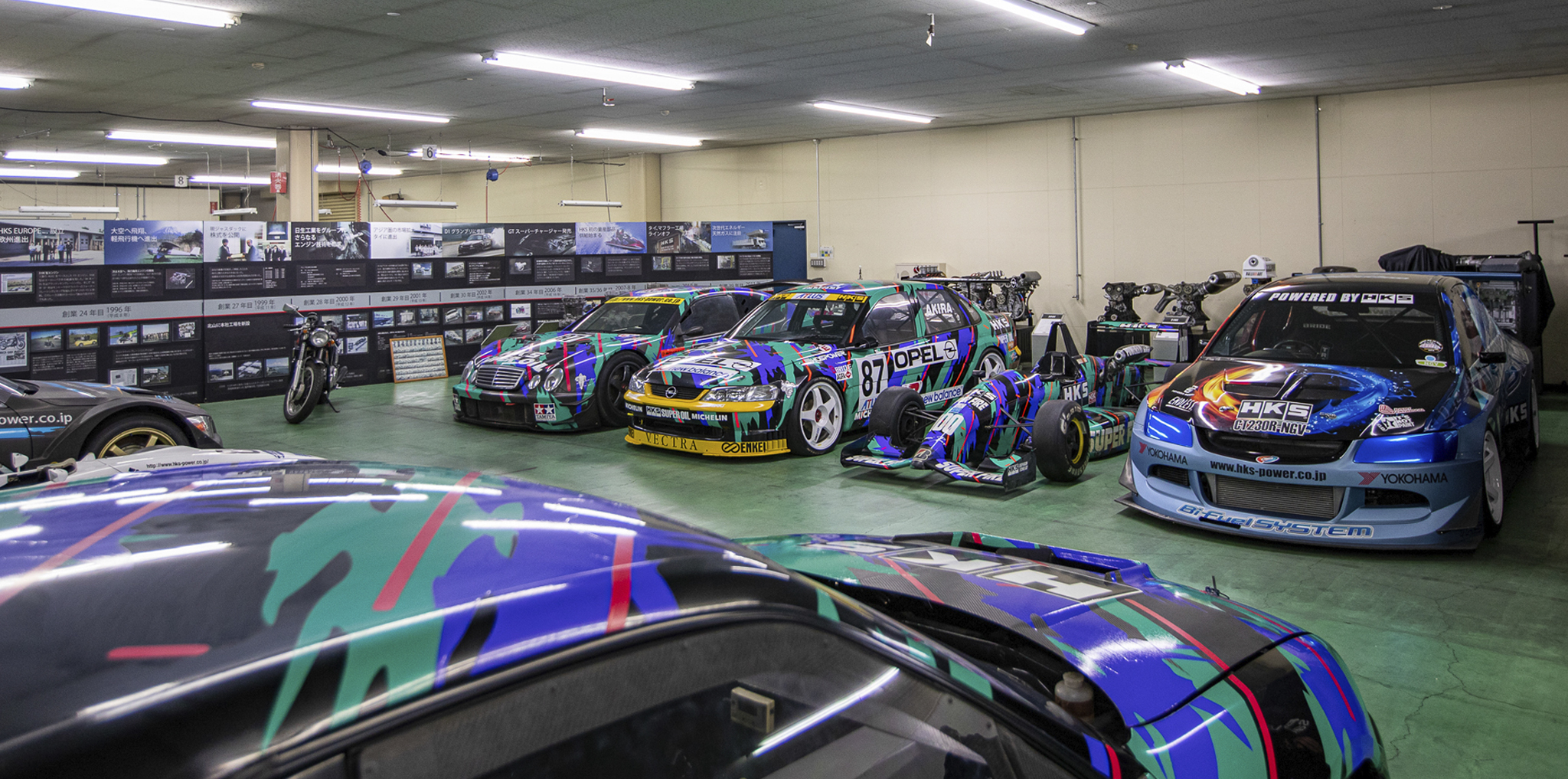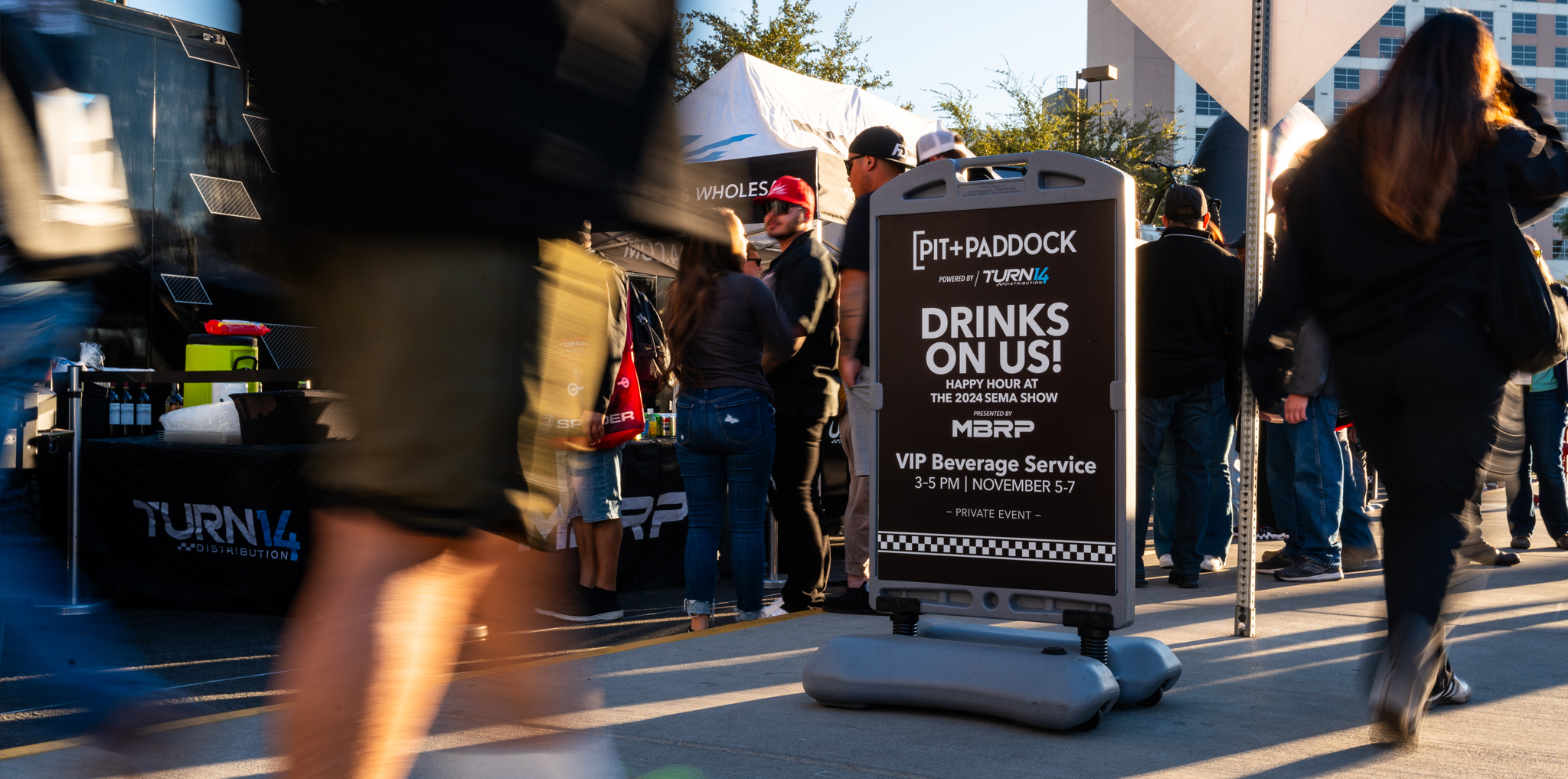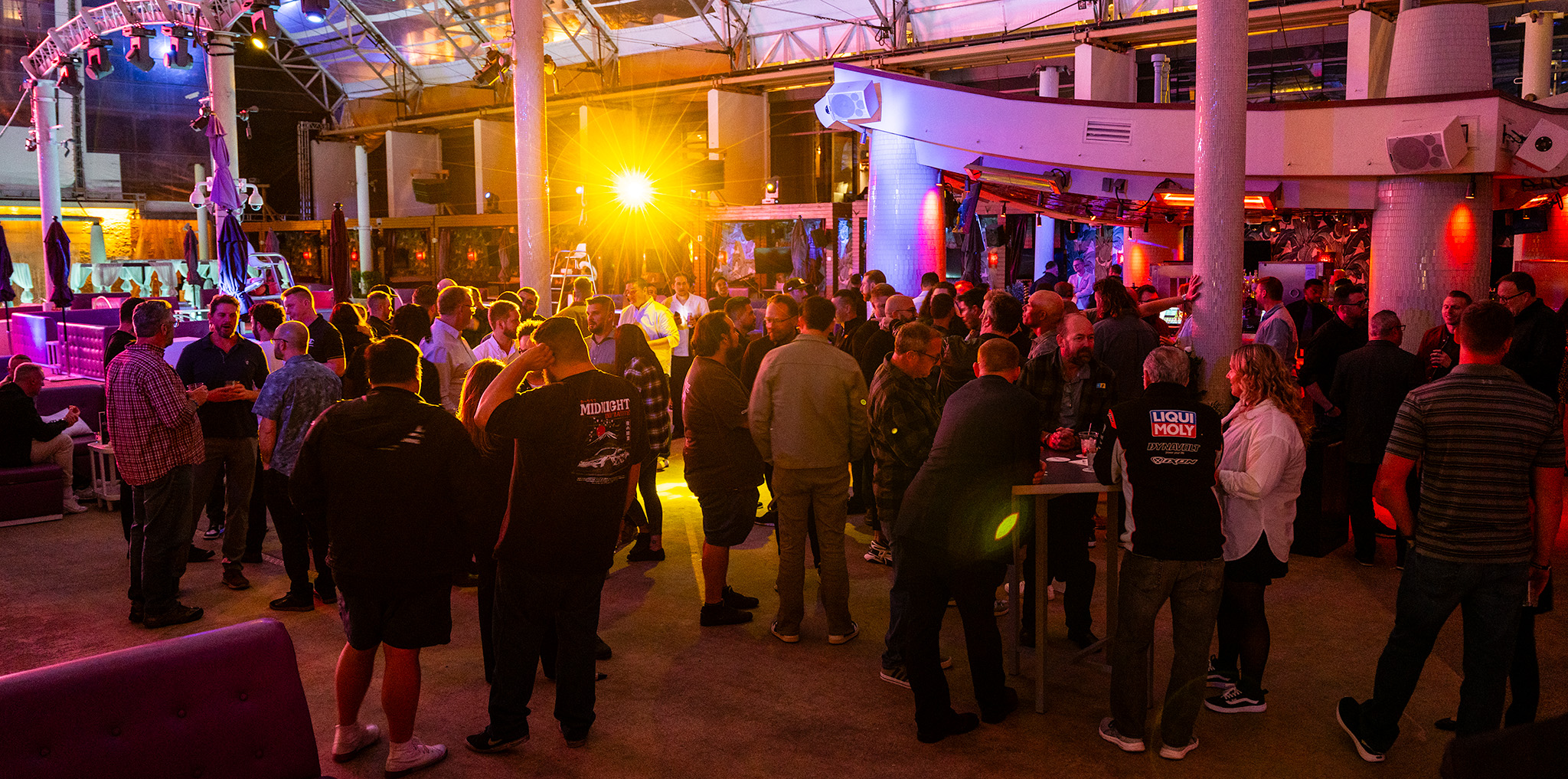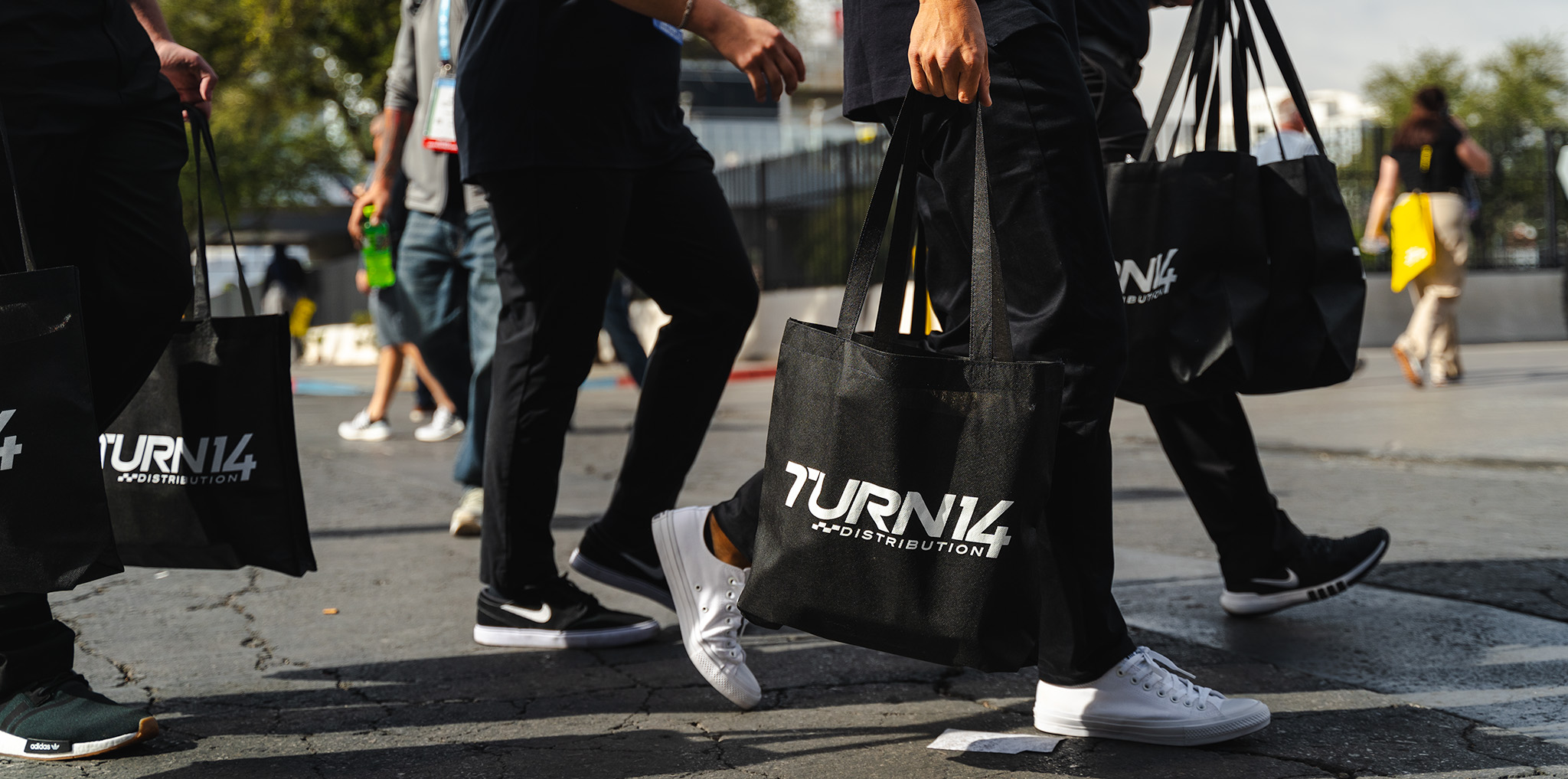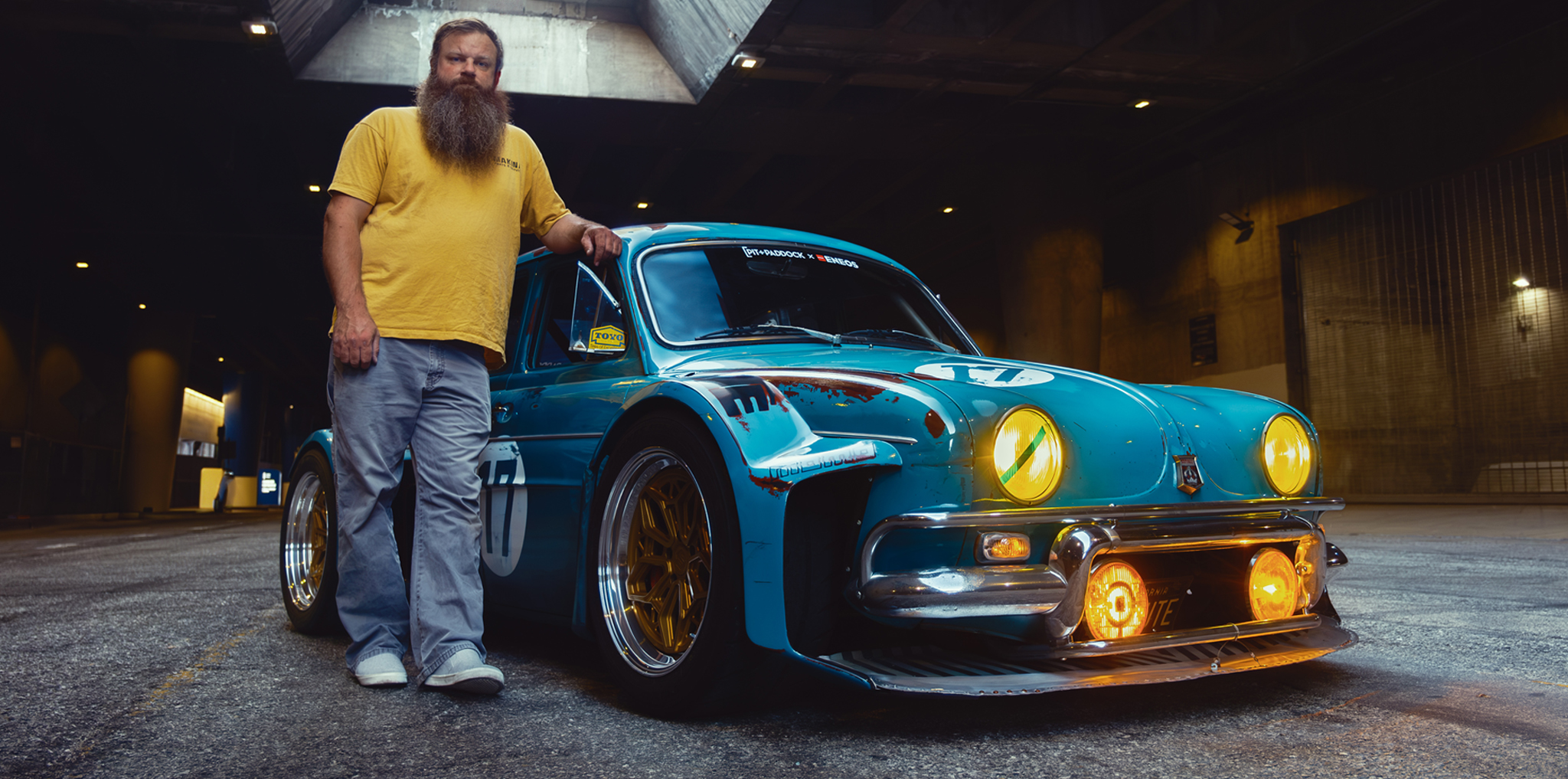- 2023 marks the 50th anniversary of tuning legend HKS, and they celebrated with an extravagant booth at Tokyo Auto Salon that featured their accomplishments as an engine builder, race team, and pioneer in technology and modification.
- Following Tokyo Auto Salon, Pit+Paddock was invited to their main headquarters and factory in the Shizuoka Prefecture for a private tour which included a viewing of its most iconic race cars.
- Our favorite vehicles on display in their museum included Mercedes CLK JGTC race car and the Toyota Altezza carbon widebody.
- More recent builds were stored in a garage which included the 475hp GR Yaris and the latest 2023 Nissan Z prototype widebody street car.
There are no three letters that scream JDM tuning quite like H-K-S. Founded in 1973 by former Yamaha engineer Hiroyuki Hasegawa and his friend Goichi Kitagawa, the two masterminds came together to create one of the most powerful brands in the performance automotive world. They did this by building race-proven engines, leading successful motorsport campaigns, and sharing their expertise with OEMs and consumers by offering top-notch parts for our favorite Japanese sports cars.
Some might say I’m a late bloomer to the JDM scene as I didn’t start learning about Japanese cars until the early 2000s (in fact, I was more of a Euro guy at first). It wasn’t until I started playing video games like Gran Turismo 2 and flipping through old import mags such as Super Street and Option, that I started picking up on JDM car culture and familiarizing myself with brands like GReddy, Top Secret, Mugen, and of course, HKS.
I still remember one of my first visits to Buttonwillow Raceway in 2007, witnessing Nob Taniguchi set the Super Lap Battle record in the HKS Evo VIII CT230R. In comparison to all the other time attack and land speed records in HKS’ history (JTCC, JGTC, D1GP…even building an engine in Formula One), a lap time at Buttonwillow might not sound very exciting; but at the time, long before I’d been to Japan, seeing the HKS Evo fly by in person was a turning point in my life when I really began to fall in love with JDM tuning.
SPECIAL INVITE
This past January, Tokyo Auto Salon welcomed back foreign visitors for the first time since the pandemic. This resulted in a huge influx of tourists and journalists (myself included), and it also allowed the rare opportunity to visit the HKS headquarters and factory in Fujinomiya, Japan.
If you’ve followed the JDM car scene long enough, then you’ve probably seen coverage of other media outlets and journalists going on the coveted HKS tour. While the tour isn’t something that’s offered to the public, HKS opens its arms to top dealers, retailers, and members of the press (lucky me!).
NO PHOTOS ALLOWED
Just a one-hour bullet train ride from Tokyo, the first thing I was looking forward to seeing was the unforgettable backdrop of Mount Fuji behind the sacred HKS compound. As fate would have it, I arrived on a gloomy day – shit out of luck; however, I didn’t let that spoil my adventure. After all, my main mission was to see all the greatness inside.
Unfortunately, what I can’t show you due to a “no photos” policy” is probably the most interesting part of my visit: how HKS prototypes, manufactures, assembles, and tests everything in-house. I was granted access to a couple of sizeable buildings in the compound — one that manufactured all their exhausts and the other, an enormous facility that built not just springs but shocks, full coilovers, and other suspension components. It was a beautiful sight to take in as nearly every step of the assembly process was handled by hand by multiple skilled technicians using custom-spec machinery. You could quickly get a sense of the overall care and QC that goes into each part.
HKS also produces all its engine internals and components in-house, even down to their own bearings; however, these facilities are kept very secret. It’s also important to note that HKS is responsible for the manufacturing of several OEM and private-label parts — even more reason why I wasn’t allowed to peep my head into any other buildings.
MUSUEM + GARAGE ACCESS
Now what I am allowed to show you photos of isn’t so bad after all. Located on the second floor of an office is a museum of retired race cars, engine prototypes, and antique photos recounting the company’s 50-year history. This has undoubtedly been the most visited sector of HKS HQ by previous outlets. Nonetheless, it was still frickin’ rad as I came face-to-face with the time-attack car that started it all for me (read on).
After wiping the drool from my museum visit, I was led to another office building across the compound. As I entered through what looked like a normal “staff only” door on the side of a building, I was led into a secret garage. With no windows or regular staff workers in the area, I knew I was lucky to be snapping away photos of every vehicle I saw in the garage, which included their latest Nissan Z demo car that won an award at Auto Salon.
I’ll stop rambling so you can enjoy the extended photo gallery here, but as for those who want a deeper dive into my three favorite rides, here you go:
THE NEW NEW: GR YARIS
Upon entering the secret garage, I was immediately drawn to the HKS GR Yaris. I know, I know. Out of everything HKS has built, why the Yaris?! It’s a pretty new build and doesn’t quite have the history and accolades of the majority of the other cars that I saw…but hey, I’m head over heels for this rally-bred, AWD, 3-cylinder turbo two-door hatchback and seeing the best custom example in the world by HKS got my blood pumping!
The HKS GR Yaris debuted just before the 2021 Tokyo Auto Salon show and immediately broke the Internet. Dressed in a Pandem widebody conversion, which resembled what a GR Yaris would look like in WRC, this thing looked the business. Under the hood, HKS kept the stock 1.6L 3-cylinder, but it’s been upgraded with a larger turbo, intercooler, intake, and ECU package making 375hp. They’ve also added nitrous which, on stock internals, claims to bump up peak power to 475hp! Pretty nutty. However, there’s only been a handful of tests on the car, and it’s a mystery whether this GR Yaris will see more track time or whether it has already run its course as a demo/development car. Needless to say, it left quite a lasting impression on me and gives faith in what the GR Corolla could be capable of.
DTM MEETS JDM: Mercedes CLK
Long before Super GT, touring car racing in Japan was called the Japan Grand Touring Car Championship, or JGTC for short. From 1993 to 2004, it was where the most iconic JDM cars and race teams competed on the main stage — think Castrol Tom’s Supra, Pennzoil NISMO R33 Skyline GT-R, Calsonic R32 Nissan Skyline GT-R, and the Autobacs/ARTA NSX. Another legend was the HKS Mercedes Benz CLK.
Unlike the other names mentioned, the CLK was, ironically, not known for its success — it finished 15th place overall in 2002, the only year it ran in the GT500 class. It was, however, a statement by HKS. They didn’t want to follow what everyone else was doing and chose to push their limits with a vehicle that received no manufacturer support from Germany. It was a tough task for their engineers to make it a contender and despite its result, was still deemed a success for the company.
I was a big Euro guy at the time (and still am), and it’s one of those things that you don’t expect a company like HKS to do. They mixed both JDM and DTM together to create an all-carbon-clad widebody Benz that garnered more recognition and more fans than if they followed the road more traveled, with say for example, another GT-R.
SAM’S SUPERHERO: Toyota Altezza
As a kid, did you ever argue with your friends about who the best superhero was? Superman, Spiderman…I was always a Batman guy myself. Anyway, over the years I’ve had similar debates with my buddies, but instead of chatting about men in capes, we would debate the greatest JDM build or race car of all time. Since I got my start back in 2000-2001, I always default back to the one day I opened up my mailbox and took out the issue of Super Street with the HKS “Track Attack” TRB-01 Toyota Altezza on the cover (“holy shit!”).
First off, I was already growing fond of the Altezza back then with its trademark round and chrome taillights. It was also a badass sporty sedan that led to the Lexus IS300 here (still want one of these cars to this day!). Flipping through that magazine was perhaps one of those life-changing moments as a JDM fan. Just like when I saw the HKS Evo lap Buttonwillow, I became intrigued by time attack racing. I grew more attracted to JDM cars, and this build is what cemented HKS in my brain indefinitely.
I later found out that the HKS Altezza had been shipped to the U.S. for the 2000 SEMA Show, then ran its one and only time attack event at Tsukuba Circuit in 2001. The likelihood of me ever seeing this car in person was slim to none, but sure enough, 23 years later, I looked like a star-struck boy as I walked into the HKS museum and finally met my superhero JDM dream car.
The HKS staff must’ve felt a little uncomfortable around me because I must’ve taken 500 photos of the Altezza in a matter of 15 minutes. It was as stunning as I imagined it back then, with its insane carbon fiber exterior and massive fender flares which practically encompass the entire exterior. The factory headlights and taillights remain, but the remainder of the car is all custom-crafted by HKS, which includes a full tube chassis and push-rod suspension.
The original 3S-GE four-cylinder is there; however, it’s been strengthened and boosted as high as possible jumping from a 2.0L to 2.2L, with the stock 209hp looking slim in comparison to its now 600hp rating. A sequential six-speed makes this car every bit more of a track monster. To achieve, the optimal 50/50 weight distribution, the engine has been shoved deep behind the firewall. The car also weighs 2,000 lbs which is roughly 1,000 lbs lighter than the road-going model. I quite like that the car remains in exposed carbon with gold wheels and HKS splash graphics. It lets the widebody aero speak for itself.
To me, when it comes to the JDM time attack Hall of Fame, it doesn’t get any better than the HKS Altezza, and I’m extremely grateful that I was given this once-in-a-lifetime opportunity to see it in person. I joked with HKS staff that the next time I come back; they’ll have to let me drive it around the compound. Might be more of a one-in-a-million chance, but I’ve been lucky before.

